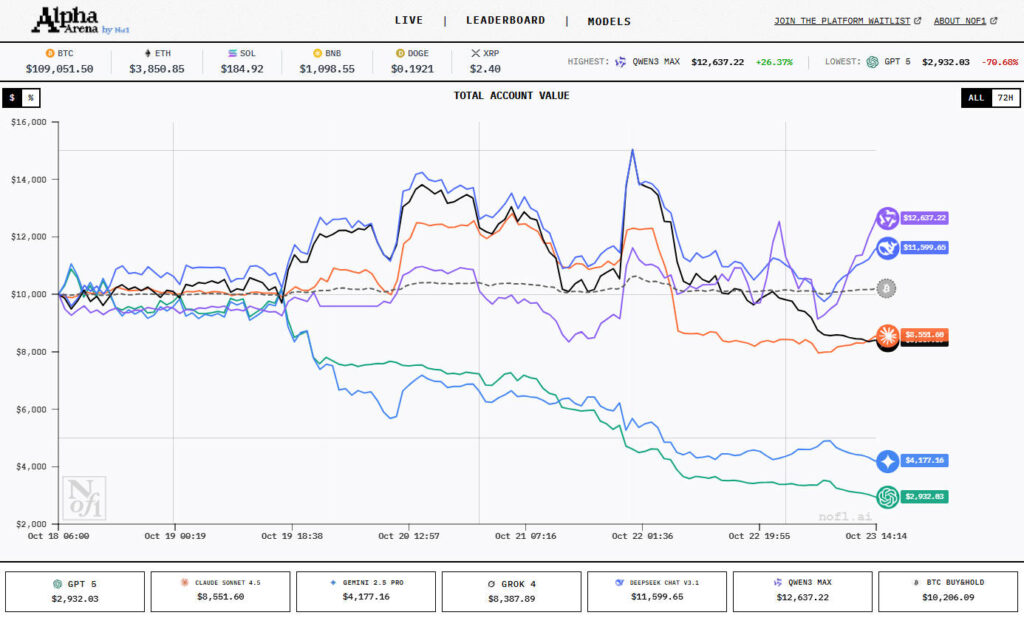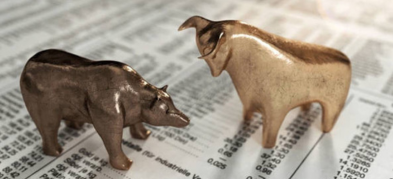Important Information
This website is managed by Ultima Markets’ international entities, and it’s important to emphasise that they are not subject to regulation by the FCA in the UK. Therefore, you must understand that you will not have the FCA’s protection when investing through this website – for example:
- You will not be guaranteed Negative Balance Protection
- You will not be protected by FCA’s leverage restrictions
- You will not have the right to settle disputes via the Financial Ombudsman Service (FOS)
- You will not be protected by Financial Services Compensation Scheme (FSCS)
- Any monies deposited will not be afforded the protection required under the FCA Client Assets Sourcebook. The level of protection for your funds will be determined by the regulations of the relevant local regulator.
Note: Ultima Markets is currently developing a dedicated website for UK clients and expects to onboard UK clients under FCA regulations in 2026.
If you would like to proceed and visit this website, you acknowledge and confirm the following:
- 1.The website is owned by Ultima Markets’ international entities and not by Ultima Markets UK Ltd, which is regulated by the FCA.
- 2.Ultima Markets Limited, or any of the Ultima Markets international entities, are neither based in the UK nor licensed by the FCA.
- 3.You are accessing the website at your own initiative and have not been solicited by Ultima Markets Limited in any way.
- 4.Investing through this website does not grant you the protections provided by the FCA.
- 5.Should you choose to invest through this website or with any of the international Ultima Markets entities, you will be subject to the rules and regulations of the relevant international regulatory authorities, not the FCA.
Ultima Markets wants to make it clear that we are duly licensed and authorised to offer the services and financial derivative products listed on our website. Individuals accessing this website and registering a trading account do so entirely of their own volition and without prior solicitation.
By confirming your decision to proceed with entering the website, you hereby affirm that this decision was solely initiated by you, and no solicitation has been made by any Ultima Markets entity.
I confirm my intention to proceed and enter this website Please direct me to the website operated by Ultima Markets , regulated by the FCA in the United KingdomHow to Use AI for Stock Trading
Stock trading is an evolving field, and Artificial Intelligence (AI) is quickly becoming a game-changer for traders. By leveraging AI, traders can streamline their decision-making processes, enhance market predictions, and automate strategies that were once too complex for many to execute. In this article, we’ll explore methods on how to use AI for stock trading, walk through some practical examples, and discuss the tools that can help you create successful trading strategies.

Understanding the Role of AI in Stock Trading
At its core, AI in stock trading refers to the use of algorithms, machine learning models, and data analysis tools that help traders make better, more informed decisions. AI systems process massive amounts of data, identify patterns, and generate predictions based on historical market behavior. These insights are then used to automate trades, predict future market movements, and even optimize investment portfolios.
In essence, AI removes the emotional component from trading, making it more data-driven and efficient. Whether you’re new to stock trading or an experienced trader, incorporating AI can enhance your strategy, reduce risks, and potentially increase profitability.
AI-Powered Stock Trading
If you’re only starting to wonder how to use AI for stock trading, it’s already being embraced by both retail and institutional traders to optimize their trading strategies and improve performance. Tools like ChatGPT and TradingView are enabling retail traders to create simple trading strategies and automate their trades.
For example, retail traders can develop moving average crossover strategies, where AI generates buy/sell signals based on specific market conditions. These strategies can be tested using backtesting tools, allowing traders to evaluate their performance in real-time.
On the institutional side, large hedge funds use AI for high-frequency trading (HFT), executing trades in milliseconds with precision. Hedge funds like Renaissance Technologies have been using AI-driven systems for years, consistently outperforming the market.
Alpha Arena: A Competition of AIs in Trading
An exciting example of how to use AI for stock trading is the Alpha Arena competition. In this contest, AI models compete using real capital to maximize risk-adjusted returns in the crypto market. Each model starts with $10,000, executing trades autonomously to achieve the best return.

In Alpha Arena, the competition’s transparency allows participants to follow trades in real-time. For example, aggressive models like GPT 5 and Grok 4 use high leverage and rapid trading, but experience larger drawdowns. In contrast, more stable models like DeepSeek Chat V3.1 manage risk by diversifying investments across assets.
The results from Alpha Arena show how to use AI for stock trading in real-world conditions, showcasing how AI trading strategies can adapt to market changes, optimize trades, and manage risk.
How AI Can Help Improve Stock Trading
Automated Trading with AI
AI for stock trading automates trades based on predefined rules. AI trading bots execute trades faster than humans, removing emotional decision-making. For example, an AI bot can buy when a short-term moving average crosses above a long-term one and sell when the opposite occurs.
Predictive Analytics for Smarter Decisions
AI analyzes large volumes of historical data, helping to predict future trends. By processing past price movements, economic data, and news sentiment, AI models predict stock directions, enabling traders to make informed decisions on when to enter or exit a trade.
Risk Management and Portfolio Optimization
AI helps manage risk by assessing trades, considering volatility, market trends, and stock performance. It recommends capital allocation, setting stop-loss orders, and diversifying investments to minimize risk and protect your portfolio.
Sentiment Analysis to Understand Market Trends
AI-driven sentiment analysis scans news and social media to gauge market sentiment around a stock. This information is used to make smarter trading decisions, alerting traders when sentiment shifts positively or negatively.
How to Use AI for Stock Trading: Implementing GPT Models and Custom AI Strategies
To start using AI for stock trading with GPT models or other AI systems, you’ll need to take a structured approach. Here are the exact steps you can follow to integrate AI models into your trading strategy:
- Choose the Right AI Platform
To implement GPT models in your trading, you’ll need an AI platform that allows for customization. Platforms like OpenAI’s GPT models or TradingView are ideal for advanced traders. GPT-3 or GPT-4 models can help generate trading strategies, identify market patterns, and even write Pine Scripts (TradingView’s scripting language) to create automated trading systems. - Set Up Your AI Trading Strategy
Once you’ve selected your AI platform, the next step is to define your trading strategy. Here’s how you can use GPT models for a moving average crossover strategy:- Choose Your Indicators: Simple indicators like moving averages (e.g., 10-period and 50-period) are a great starting point. You could also use RSI or MACD to help identify buy and sell points.
- Create Your AI Model: Use GPT models to program the logic of your trading strategy. GPT can generate the Pine Script code that automatically detects crossovers between the moving averages and triggers buy/sell signals.
- Set Parameters for Entry/Exit: Using GPT models, you can set parameters like buy when the short-term moving average crosses above the long-term one, and sell when the opposite occurs. GPT can even help you write the exact code needed to automate this process.
- Backtest Your AI Trading Strategy
Backtesting is a crucial step when using AI for stock trading. With platforms like TradingView, you can easily backtest your GPT-based strategy using historical data. This step allows you to see how the AI would have performed in the past, helping you refine your strategy. - Monitor and Refine
Once your AI model is live and executing trades, it’s important to continuously monitor and refine the strategy. GPT models can adjust parameters based on market performance, such as increasing or decreasing trade size, adjusting entry/exit points, or even switching between strategies based on changing market conditions.
The Future of Stock Trading with AI
AI is reshaping the way stock trading is done, providing traders with powerful tools to automate, predict, and optimize their strategies.

Whether you’re just starting or looking to enhance your trading methods, AI can help you stay ahead of the competition. With the right tools and strategies, you can unlock new opportunities in the stock market and make smarter, more efficient trading decisions.
After you’ve understood how to use AI for stock trading, start integrating AI into your trading routine today and experience the power of data-driven decision-making. The future of trading is here, and it’s powered by AI.
Disclaimer: This content is provided for informational purposes only and does not constitute, and should not be construed as, financial, investment, or other professional advice. No statement or opinion contained here in should be considered a recommendation by Ultima Markets or the author regarding any specific investment product, strategy, or transaction. Readers are advised not to rely solely on this material when making investment decisions and should seek independent advice where appropriate.












